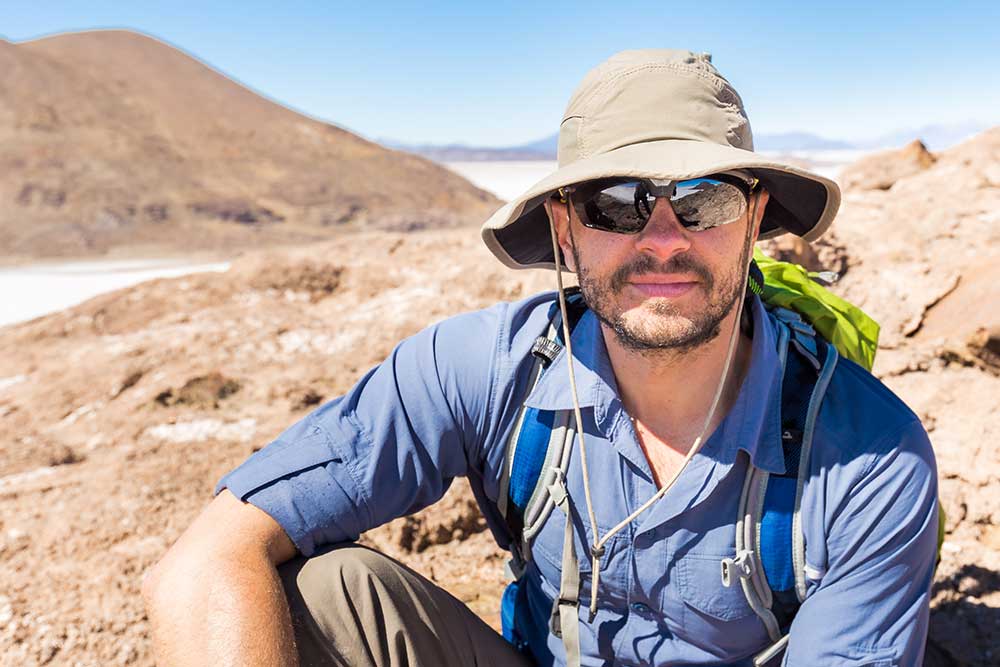All Categories
Featured
Table of Contents
Geophysical Survey Equipment - Ground Penetrating Radar in Tuart Hill Western Australia 2020

Other possible geophysicist majors that aren't geophysics or geoscience consist of: Atmospheric sciences and meteorology Chemical and physical oceanography Earth science Environmental science Hydrology and water resources science Products science By making any geophysicist degree, and by taking the necessary geology courses, you ought to qualify for an entry-level position as a geoscientist or geophysicist.
Ultimately, students should learn: a branch of geology that looks at the different aspects of minerals, consisting of chemical structure, internal crystal structure, and physical properties. the study of rocks and the processes and conditions that form and change them over time. There are a few neighborhoods in this branch of geology, including igneous, metamorphic, and sedimentary rocks.

This field analyzes structural rock features such as cleavage, faults, joints, and little folds. They should also discover the computer system abilities required to: evaluate information develop digital models and maps operate geoscientists' software application Students should likewise benefit from all chances to acquire real-world experience. Aspiring geophysicists ought to expect to hang around knowing: in the classroom in the field in labs Certainly, abilities taught in the class are extremely essential for aiming geophysicists.
Become An Earthquake Scientist in Wexcombe WA 2020
For example, geoscientists spend a great deal of their time outside when operating in the field, so they need to have "outside skills" like outdoor camping and running boats, airplane, and other vehicles. Since they spend a lot time in remote areas, it's important that geophysicists likewise have the physical stamina to bring essential equipment on their walkings to places of study.
The task provides: a high median and leading earnings a high rate of personal fulfillment among geophysicists low work tension favorable task outlook Further details on revenues capacity and job outlook is detailed below. For students wanting to land an entry-level function as a geoscientist or geophysicist, it takes four years, or the time required to complete a bachelor's degree in geophysics or a related discipline.
Some research positions in geophysics require doctoral degrees. If you plan to teach at a college or university, you need to make a Ph. D. in geophysics or an associated field. The time it requires to make a Ph. D. differs by institution and program, but it normally takes 4 to 6 years beyond the bachelor's degree.
Geological And Geophysical (G&g) Surveys in Leederville Aus 2021
Most companies require candidates to have a bachelor's degree in geophysics or a closely related discipline for all entry-level positions. As an outcome, there's no method around the degree requirements for ending up being a geophysicist.
Presently, 31 states require licensing for geologists, although licensing is not constantly required, particularly for entry-level work. The states that do issue licenses utilize the Basics of Geology Examination (FGE), which is administered through the National Association of State Boards of Geology (ASBOG). Now that you understand which degree for geophysicist jobs you need, you'll need to land a job, and it is very important to find out just how much cash you can make in this profession.
According to BLS, the typical yearly wage for geoscientists is $93,580. According to BLS, specific markets provide higher wages for geoscientists, and in some cases, they provide higher-than-average profits.
Geoscientist - College Of Science in North Lake Western Australia 2020
Mining, quarrying, and oil and gas extraction offers over $32,000 more annually than the typical annual wage for this profession. The federal government, too, provides over $10,000 more in incomes than the national average for geoscientists. In addition to market type, geographical area can significantly affect revenues for this profession.

The top-paying states and their yearly mean incomes, according to the BLS, include: Texas $166,720 Oklahoma $149,630 Pennsylvania $120,590 Hawaii $120,130 Colorado $107,260 These 5 top-paying states use much higher incomes than the average for this occupation. In reality, incomes for geoscientists in Texas are over $73,000 higher than the national average.
It must come as not a surprise that most of these high-paying areas are in Texas and Oklahoma, but some are found in California, Louisiana, and Colorado. The leading 10 highest-paying metro areas for geoscientists are: Houston-The Woodlands-Sugar Land, Texas: $188,400 Tulsa, Oklahoma: $186,490 Midland, Texas: $167,040 Odessa, Texas: $147,080 Oklahoma City, Oklahoma: $145,350 Bakersfield, California: $130,080 Urban Honolulu, Hawaii: $124,470 New Orleans-Metairie, Louisiana: $121,030 Washington-Arlington-Alexandria, DC, VA, MD, WV: $120,180 Denver-Aurora-Lakewood, Colorado: $116,910 For some geoscientists and geophysicists, living in a metro city is not as enticing as residing in a smaller sized neighborhood.
Latest Posts
Geophysical Survey Methods in Champion Aus 2021
Geophysical Survey - Salisbury Archaeology in Hocking Australia 2021
What Can I Do With A Major In Geophysics? in Carine Australia 2023